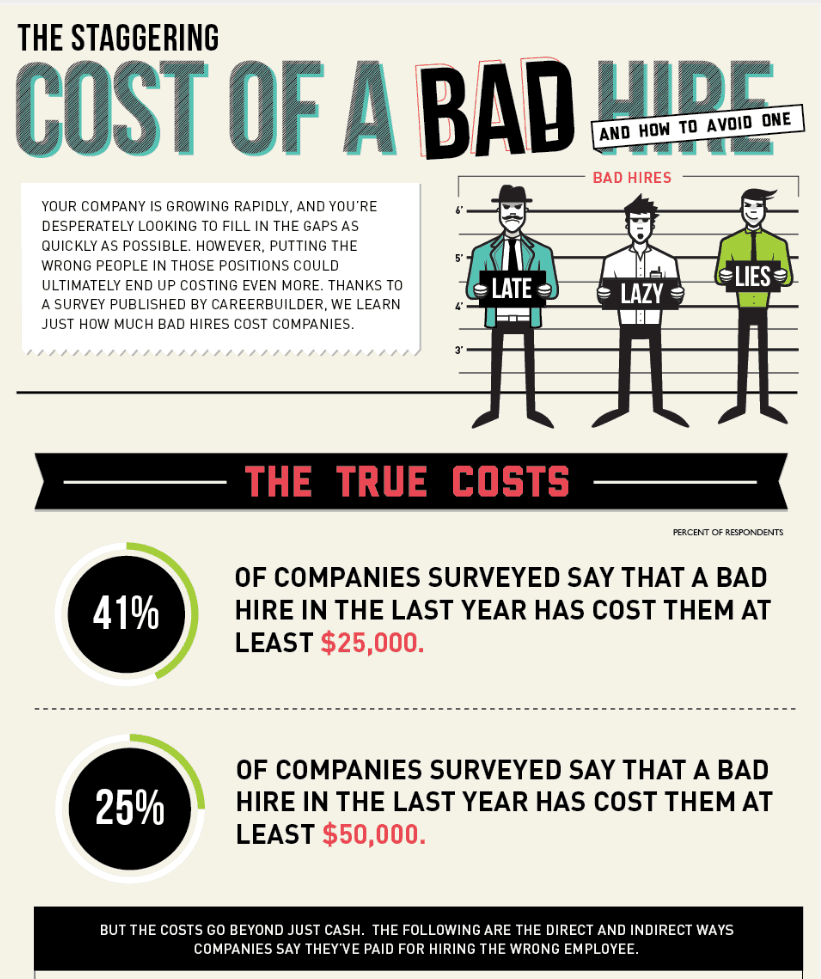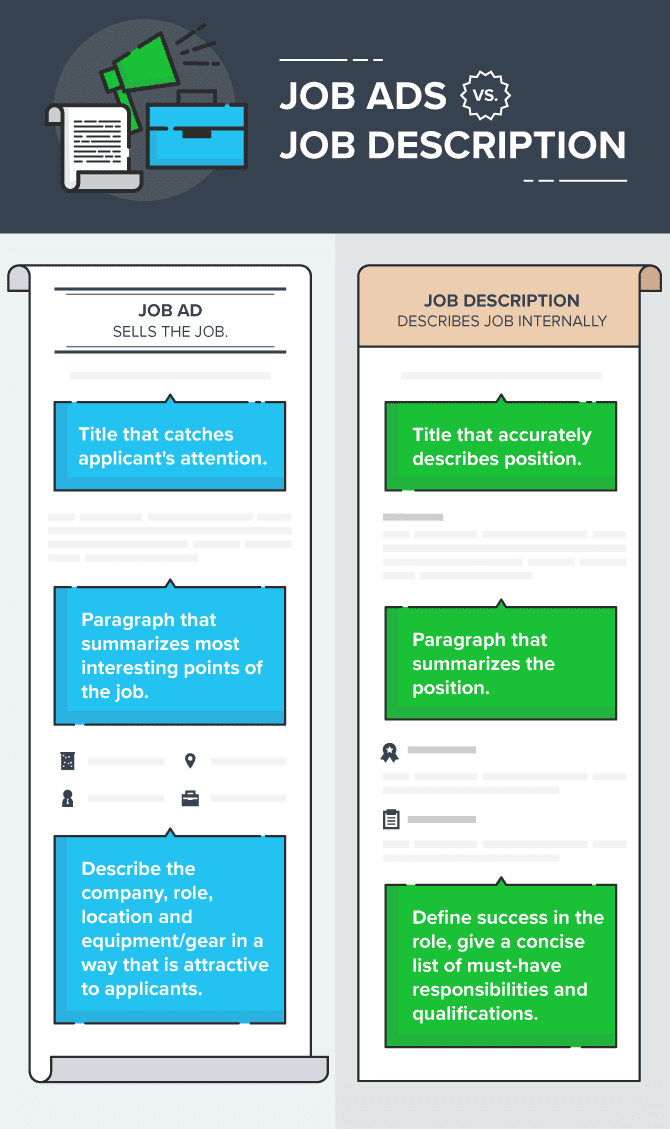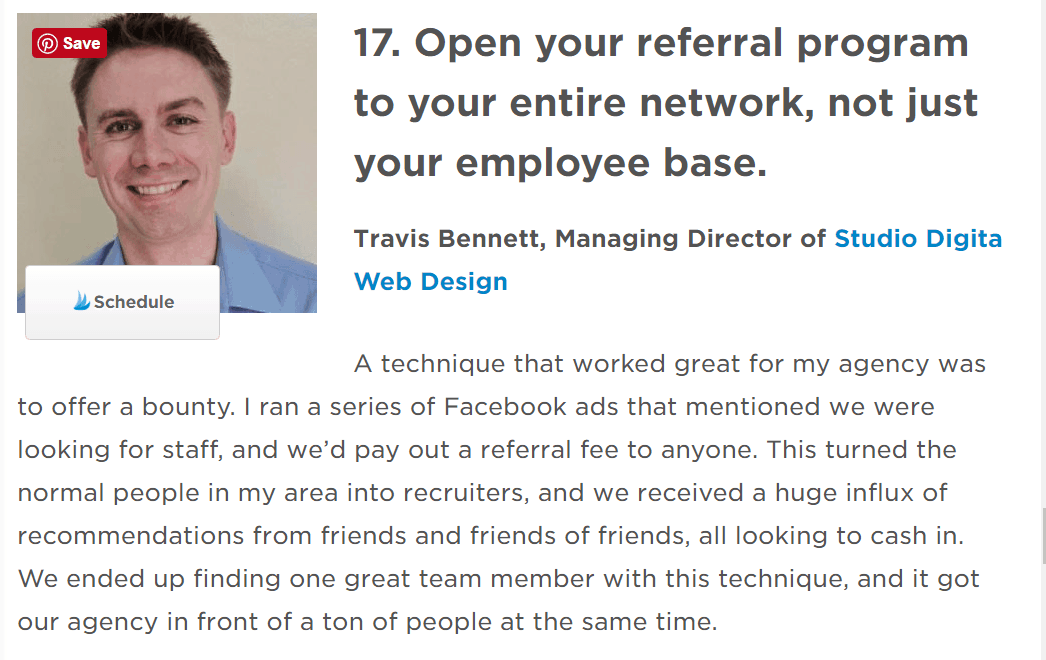There are many struggles that come along with being a small business owner. According to Inc.com, hiring employees is at the very top of this list. Why is it so hard to find good employees? Is it really that big of a deal, if it’s a small job?
YES! It’s a huge deal. Hiring the wrong person can set your business back quite a bit of money. Not to mention the wasted time of training someone. In fact, some may estimate that the net cost of hiring a bad employee that reduces productivity, drains morale of your staff, abuses resources, and negatively impacts clientele can cost you around $50,000. THAT’S RISKY, Y’ALL.

Find the rest of the infographic on Mindflash.com
We’ve got to avoid this kind of mistake at all costs. (Pun not intended, but let’s roll with it. [Role with it? Ok, no more employment puns. For now.]) Below you’ll find a guide to know the secrets to find good employees.
Let’s Start with WHY.
Why can’t you seem to find good help? Are you doing something wrong? First off, don’t worry. You’re not the only one who struggles to find good employees. Though a nationally high turnover rate is a sign of an ‘Up Economy’ it’s not such a good thing for a small business owner.
Reasons that you’re having a hard time finding good employees:
-
You’re holding on to the low quality workers you already have.
You’re stuck on autopilot, serving the employee that continues to drain you, your other employees, and your resources. On the surface, it’s easier to continue dealing with the gossiper, the procrastinator, the excuse maker, or the chronically late guy. You think if you stick it out long enough, it will get better. A 30-day period turns into months, and employee morale is sinking. As long as you have this undependable person, you won’t have the push to find someone else.
-
You don’t think there’s something better out there.
You’re underestimating the job pool. Sure, you’ve hired a bad apple before. Maybe you’ve had several on your team at one time or another. But there are good employees out there. It’s just a matter of finding the right one in the right place. More on that later on in the post, stick around.
-
You overvalue your own output.
This is a hard pill to swallow, but many business owners esteem themselves as being so irreplaceable that they disallow others to take the reins on smaller projects. In a worst case scenario, this leads to micromanagement. On a smaller scale, you don’t realize when it’s time to hire an answering service. This leads to the following problem:
-
You don’t challenge the good ones you get.
Sometimes someone shows up to the first weeks of work as the ideal employee. You knew right off the bat that this person has the impact that you’re looking for and that they’re the ideal candidate to help you grow your business. Subtly, things start to change. They’re becoming quite the opposite: a slacker. Where did that eager new employee go? They’re bored. A go-getter needs to be challenged, and as their manager you are responsible for offering them new tasks that will give them an opportunity to shine.
-
You’re too negative.
Forgive me for a second if you think this sounds a little too woo-woo, but you might be receiving the same energy you’re putting out there. Are you a grump? Is it possible that you’re coming off that way to others? Start with the man in the mirror.

-
You’re looking in too small of a bucket.
If you go into a search for a good employee and you weed out anyone who hasn’t worked in your industry for a long period of time, you’re missing out on some qualified individuals. Most skills are translatable from industry to industry. Keen workers are the ones that are going to pick up the ins and outs of your business more quickly, anyhow.
-
You’re not using your social networks to their full advantage.
If you’re on Facebook, Twitter, LinkedIn, you should be utilizing these as resources for your next hire. Reach out to those you know in and outside of your industry. Let them know you’re looking for an employee that has a specific skill or experience.
-
Your branding is off.
If the business that you’ve built doesn’t have a reputation or an identity that potential hires can relate to, you’re doing yourself a disservice. Good employees are looking for a company that they can not only work for, but bring their passion to. Your branding and web presence should reflect a company that will attract the type of passionate people that you’re looking for.
Alright. Now that you’ve had a moment to look at the current climate of where you could possibly go wrong, let’s look at how you’re going to do this right.
10 Ways to Find Good Employees
-
Use as many outlets as possible to get your posting out there.
I mentioned that you may not be using your social channels to your advantage. But there are many places to post jobs that you can utilize. Use your careers site, job boards and recruitment firms to put it out there that you’re hiring.
-
Careers site? What careers site?
Put a landing page on your website that points job seekers in the right direction. The person who already has an interest in your company could easily become your next hire if you have all open positions and their descriptions listed.
-
That’s a good place for information about your company culture, too.
Remember when I was telling you what you’ve been doing that isn’t attracting good employees? A ‘careers’ landing page on your site can be where you have the opportunity to advertise what makes working for your company different, and what the day-to-day is like. When the culture is apparent and it makes work look like fun, your place of business becomes a magnet for quality employees.
-
Yes, advertise the job.
When you’re creating a job posting, don’t just put a job description. Craft it like an ad. Good, quality workers are hiring you just as much as you’re hiring them. Betterteam.com has a thorough article on what to do to write the kind of job ad that will find you leads to the most qualified applicants, including useful images like the following.

-
Look beyond location
Don’t limit your applicant hunt to your geographical location or your physical office. Many roles can be fulfilled remotely, and that opens your applicant pool to stay-at-home caregivers and expats in a different country. Online communities are a great place to find remote workers. If you’re looking for developers, Stack Overflow has a plethora of qualified people. If you’re looking for translators, you can use craigslist international.
-
Look beyond industry
As mentioned before, don’t assume that experience can only be earned within your industry. To take that thought a little further, think of workers in industries that are beginning to dwindle in today’s market, like travel agents. Scholars agree that 47% of jobs will disappear in the next 25 years. How can their skills be transferred to your place of business?
-
Look to non-profits
There are many non-profits whose mission is to get people back on their feet. Whether it is a domestic violence shelter or refugee center, they may help you find qualified workers that are willing to go the extra mile for your company. Helping someone in need while getting the job done well? Sounds like a win-win!
-
Target recent layoffs
Here’s a great idea from betterteam.com: keep on the lookout for big businesses that are undergoing big layoffs. Set up an alert on Google that will allow for you to be updated if the word “layoff” comes up in the news. A newly unemployed person could be just the candidate you are looking for.
-
Target competitors’ employees
Hey, it happens. Use LinkedIn to scope out the employees of your competitors, then consider giving them an offer they can’t refuse. They’ll already know the industry in and out. They may have some tips coming in to offer you, too. Come to this armed with something better you can offer them, be it benefits, compensation, or a company culter that they can’t refuse.
-
Create an incentive program for referrals
Consider offering an incentive for your employees to bring in their friends and former colleagues. This is a great strategy because your employees already know what it takes to work there and who in their social circle would make a great fit. And you don’t have to limit the incentive program to your employees! Try out this tip from Travis Bennett:

There you have it.
Hopefully some of these efforts will help you begin to see more applicants for your job posting. Do you have any additional tips for finding good help? Leave them in the comments below!
Apply this to your small business
- Consider if you’re part of the reason that you don’t employ good employees. Are you looking in the right places, hanging on to the wrong people, or overvaluing the quality of your own work? Asses the role you are playing in the problem.
- Make your job posting known! Use many outlets, including social media, a landing page on your website and job listing sites.
- Don’t just use traditional methods, seek out non-profits, recent layoffs, and the competition’s current employee base.
- Make your business stand out! Use the internet, your website, and social media to show your company culture and when writing a job posting, sell the opening to the potential hires. Let them know why they should work for you!
